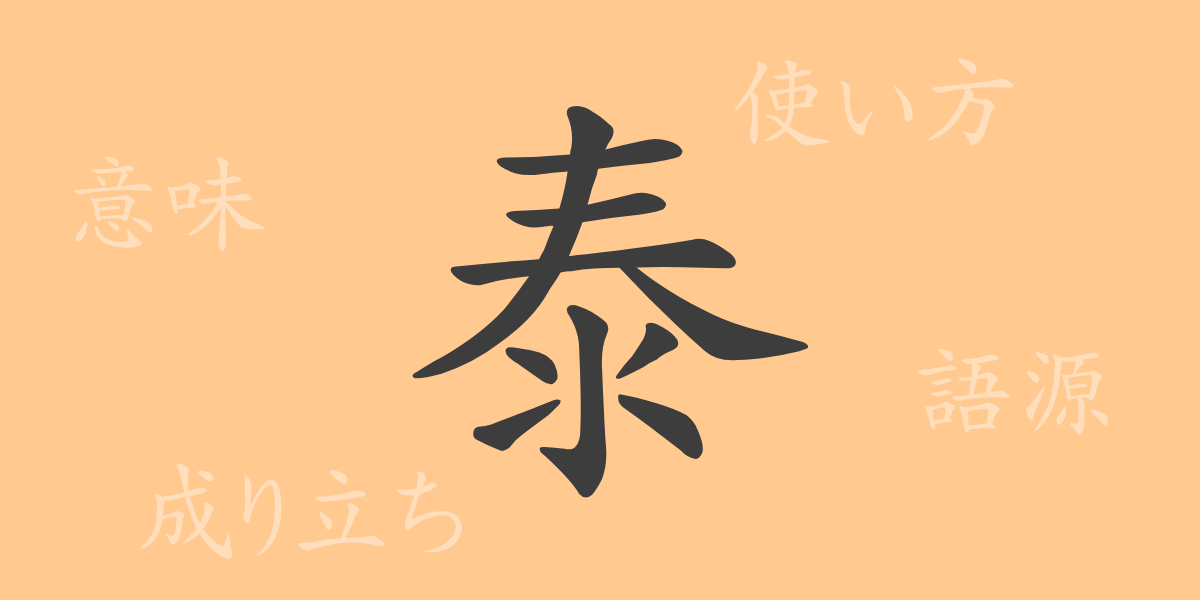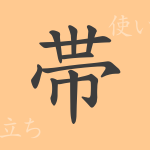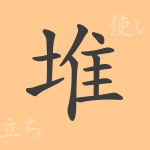The beauty of the Japanese language is vividly expressed through its delicate characters. Among the common kanji, ‘泰’ (タイ) (tai), symbolizes the beginnings and growth of life, carrying profound significance. This article delves into the world of ‘泰’, exploring its origins, meanings, usage, and related phrases and idioms, allowing us to appreciate the depths of Japanese language together.
Origin of ‘泰’ (tai)
The kanji ‘泰’ originates from ancient Chinese oracle bones. Initially depicted as a symbol representing the womb, it indicated the concept of a womb in ancient scripts. Over time, its form evolved into the current kanji ‘泰’, which is used to denote not only human and animal fetuses but also the immature states of things.
Meaning and Usage of ‘泰’ (tai)
The kanji ‘泰’ commonly refers to a place or state where life is nurtured, such as in the terms ‘fetus’ (胎児) and ‘womb’ (胎内). Metaphorically, it is also used to describe the early stages of formation or the foundational aspects of matters. For instance, the term ‘fetal movement’ (胎動) not only signifies the movements of a fetus but also symbolizes the inception of new developments.
Readings, Stroke Count, and Radical of ‘泰’ (tai)
Key details about the kanji ‘泰’ are as follows:
- Readings: On’yomi is ‘タイ’ (tai); there are no Kun’yomi readings.
- Stroke Count: Comprises 9 strokes.
- Radical: The radical is ‘月’ (にくづき) (meat or flesh), indicating its association with the body.
Phrases and Idioms Involving ‘泰’ (tai) and Their Meanings
Several phrases and idioms involving ‘泰’ reflect its deep meanings related to life and growth. For instance, ‘prenatal education’ (胎教) refers to educating and stimulating the fetus during pregnancy. Another phrase, ‘worth a thousand’ (一胎当千), derived from a Chinese adage, implies that one child can be as valuable as a thousand, symbolizing immense value.
Conclusion on ‘泰’ (tai)
The kanji ‘泰’ epitomizes significant concepts such as birth and development. Its evolution from its origin to its contemporary use, and its presence in various expressions, enrich our understanding of the Japanese language. Appreciating ‘泰’ and its rich implications allows us to cherish the profound dimensions of Japanese expressions even more.

























